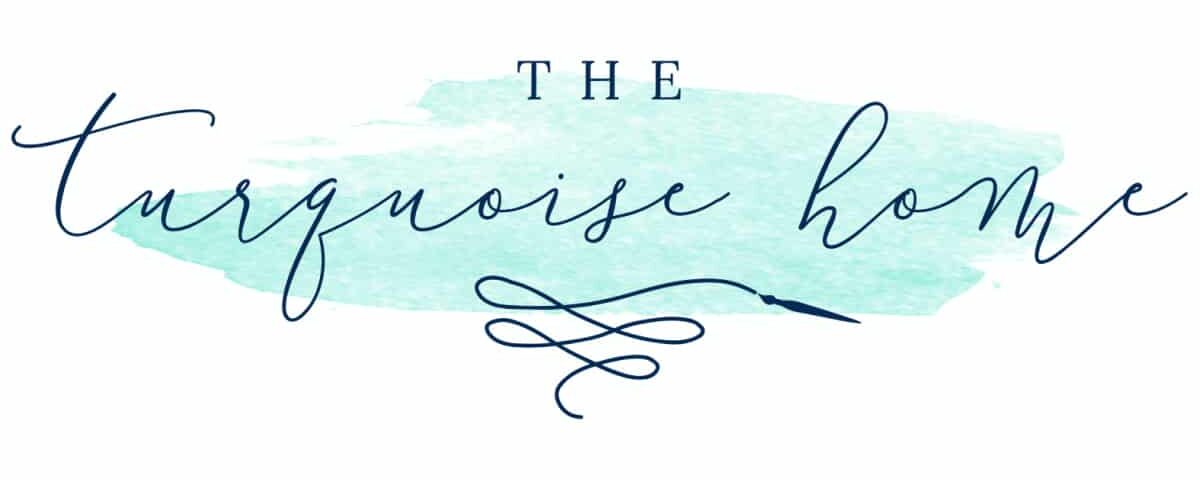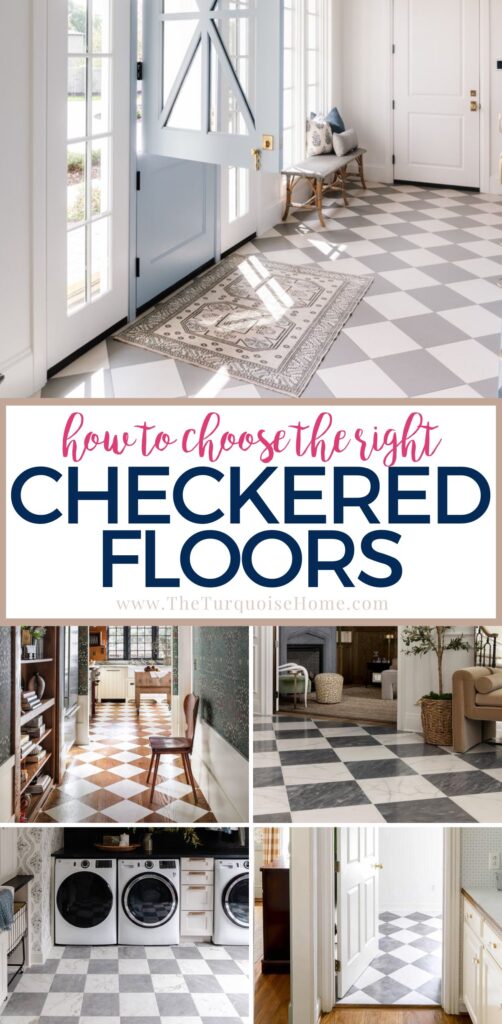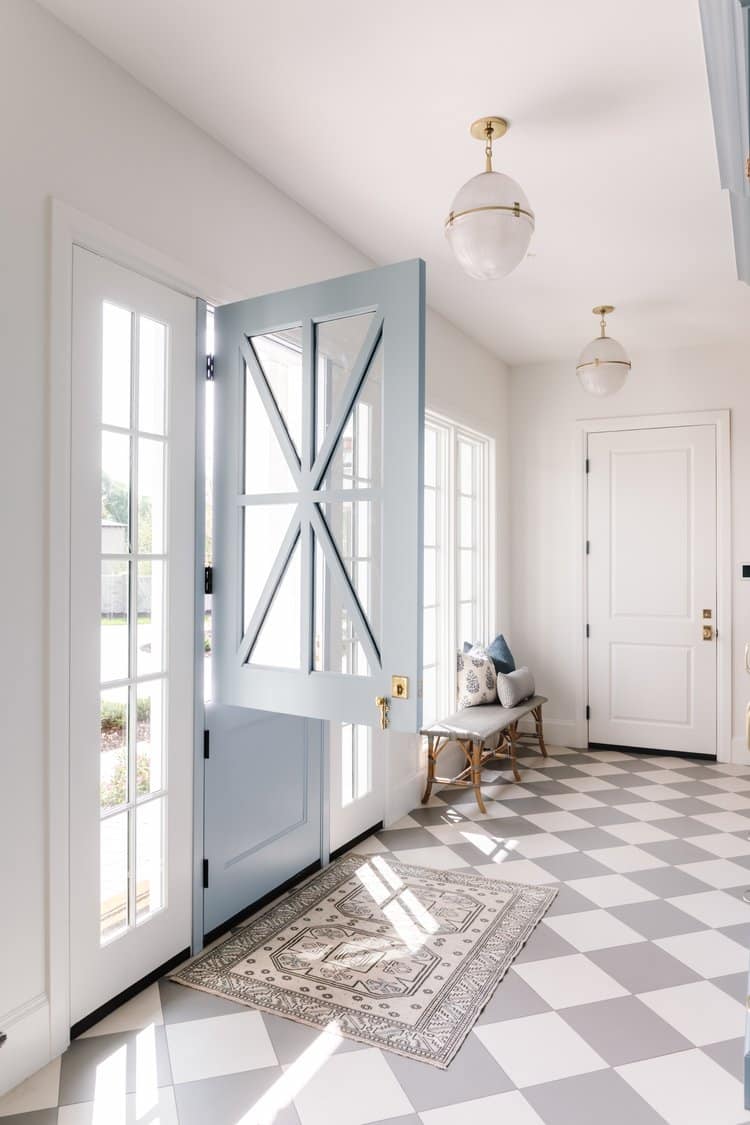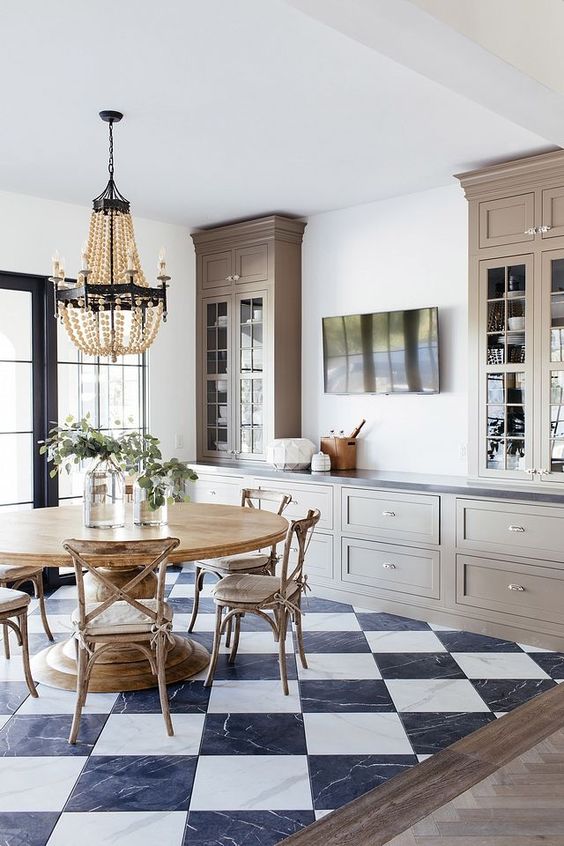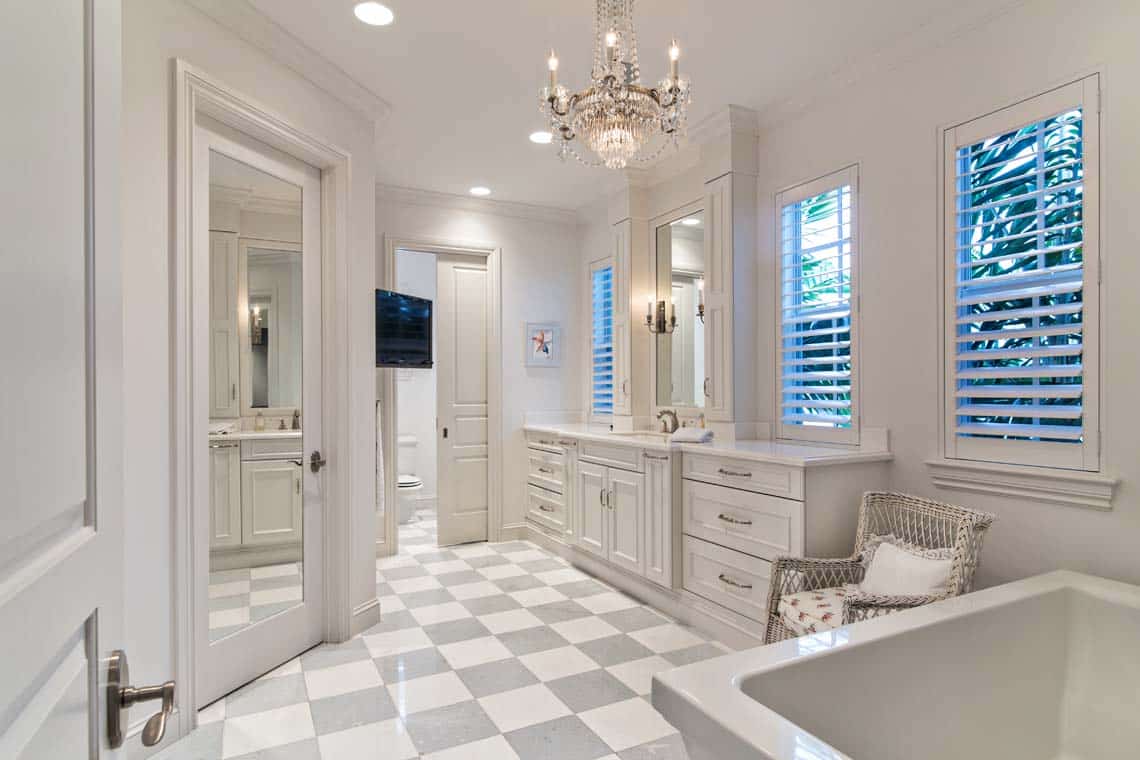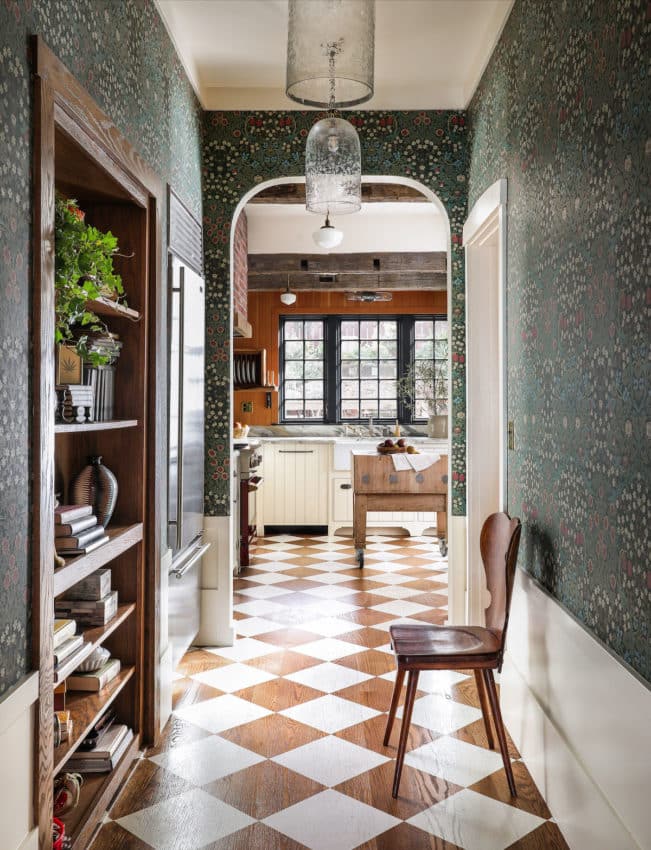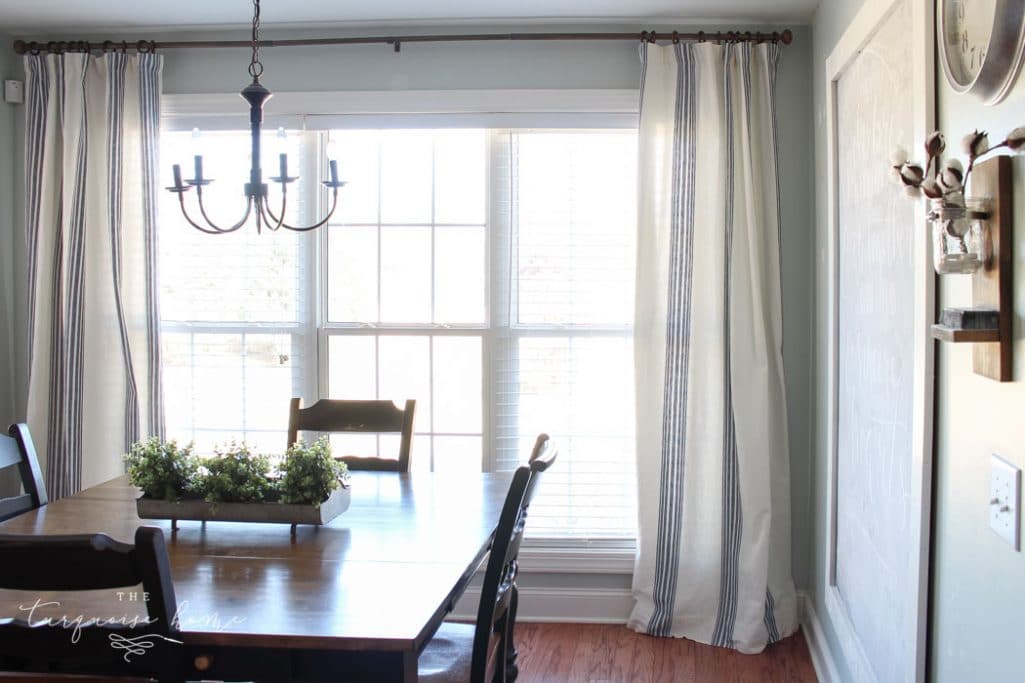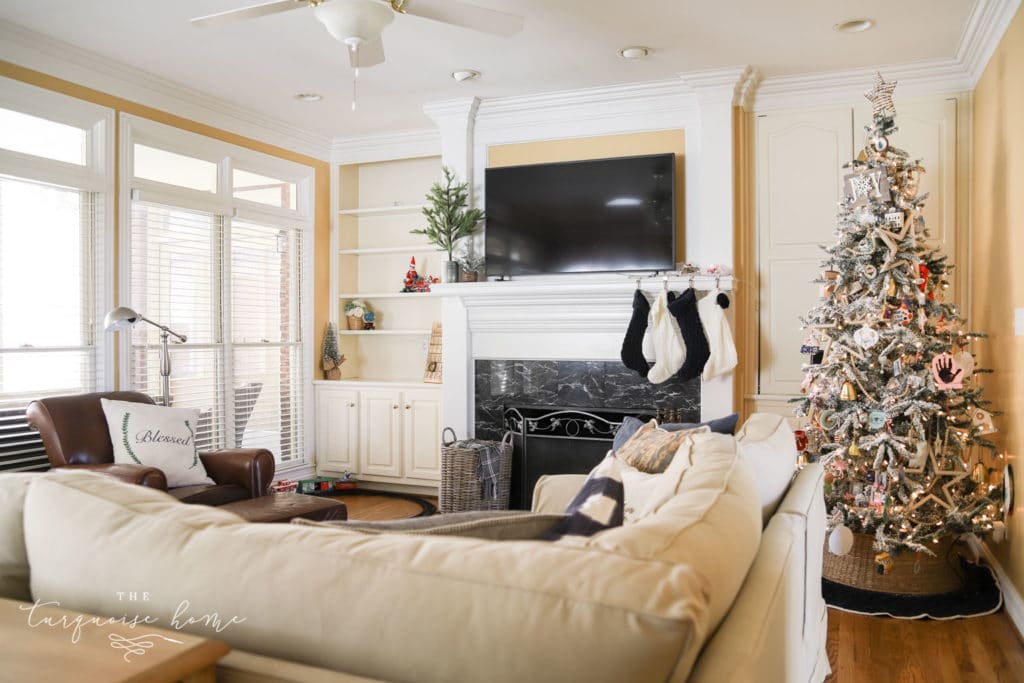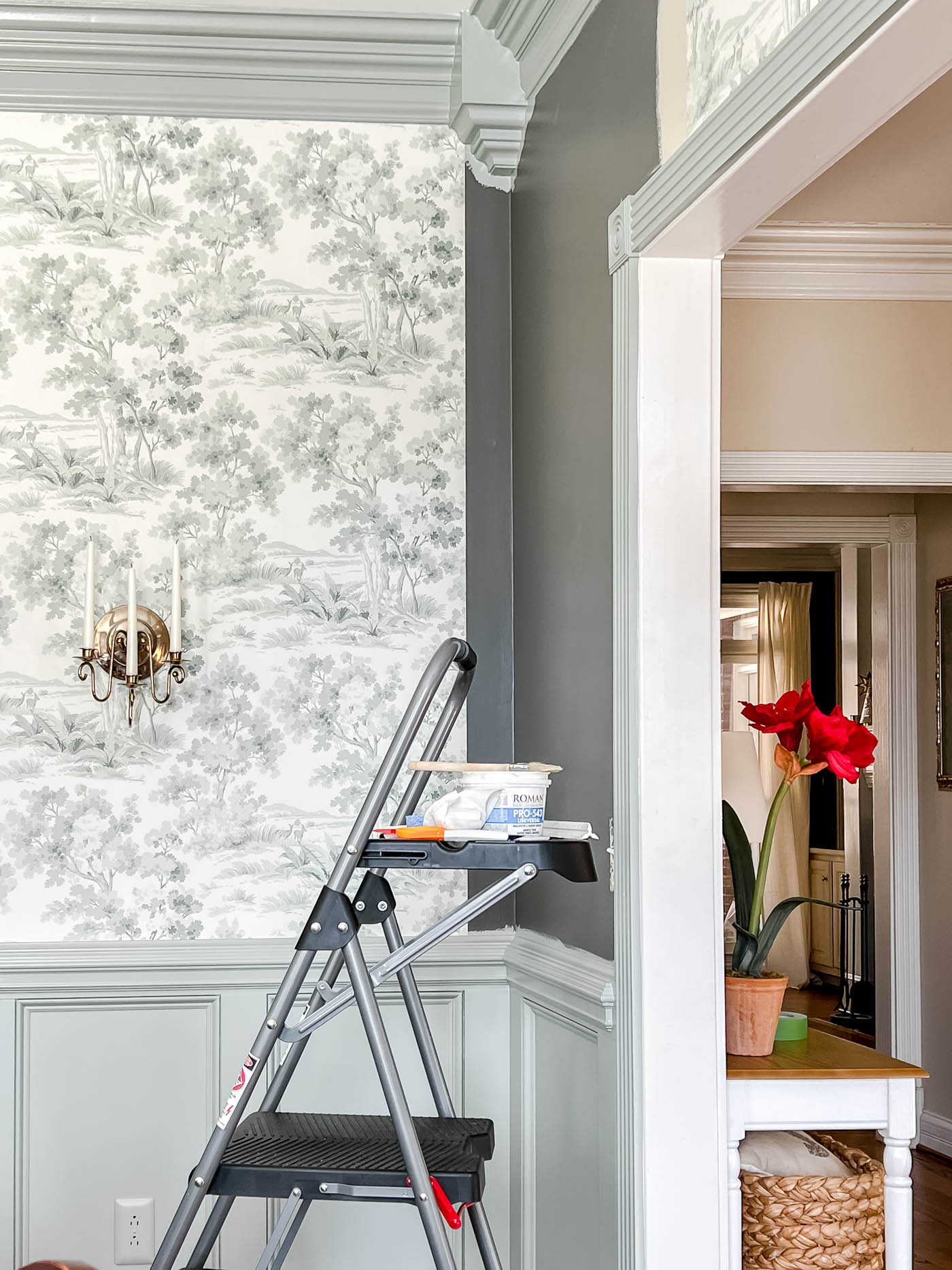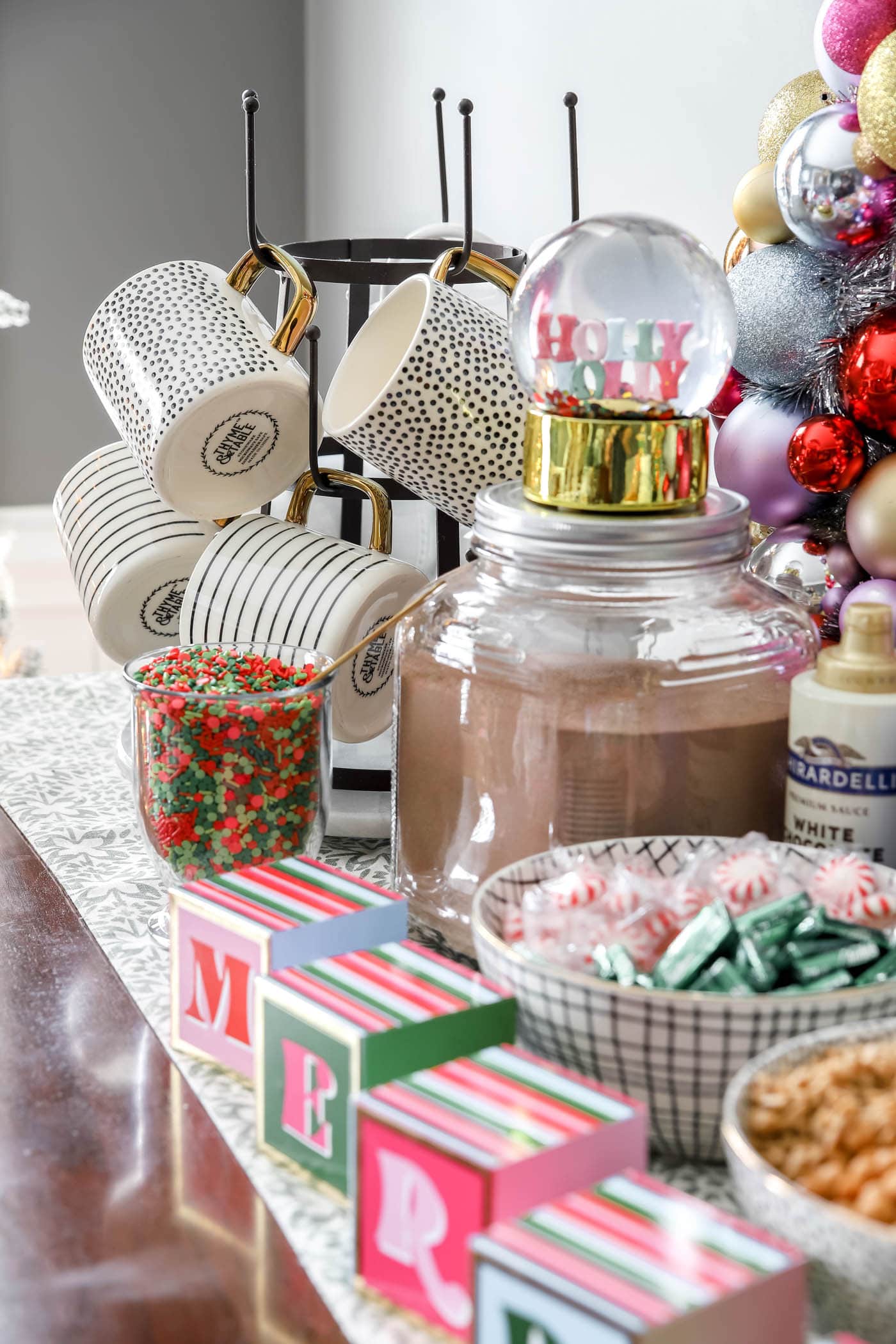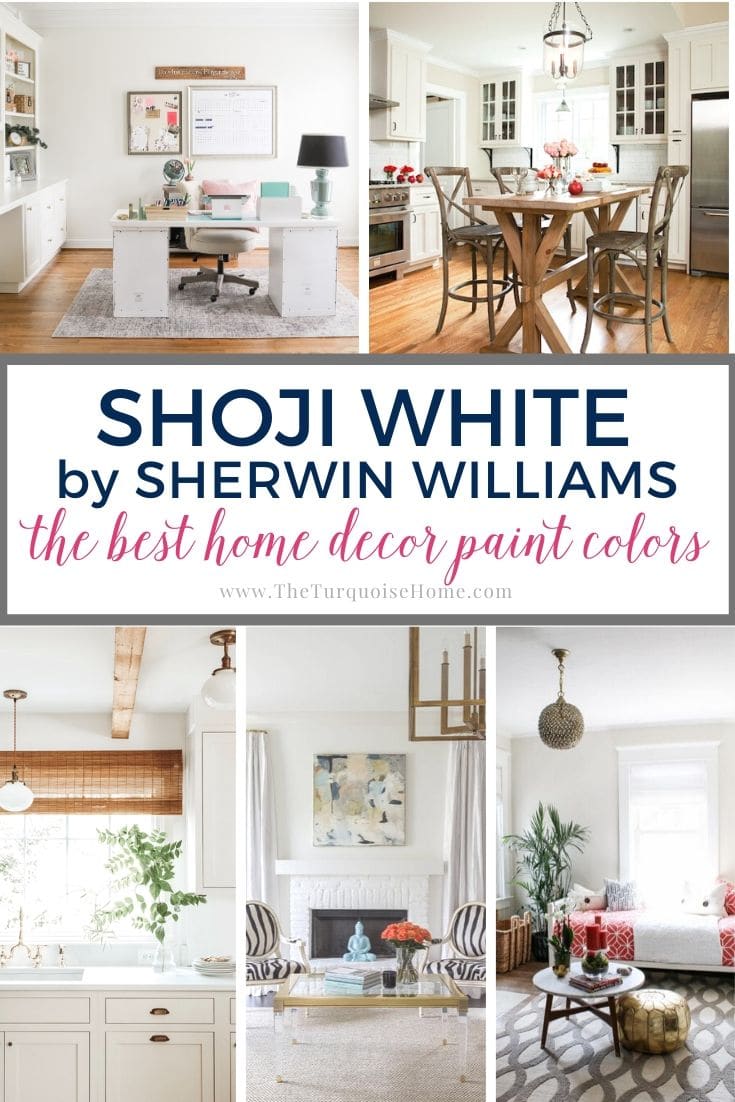How to Choose the Right Checkered Floors for Your Home
Checkered floors are a tried and true classic flooring options that passes any trend test! The contrasting checkered floor pattern is so timeless, you can use it any style of home with a variety of materials and colors!
Whenever I take on a project, I almost always start with timeless design elements — tried-and-true classics that instantly add charm and character with class. One of those that passes the trend test is checkered floors!
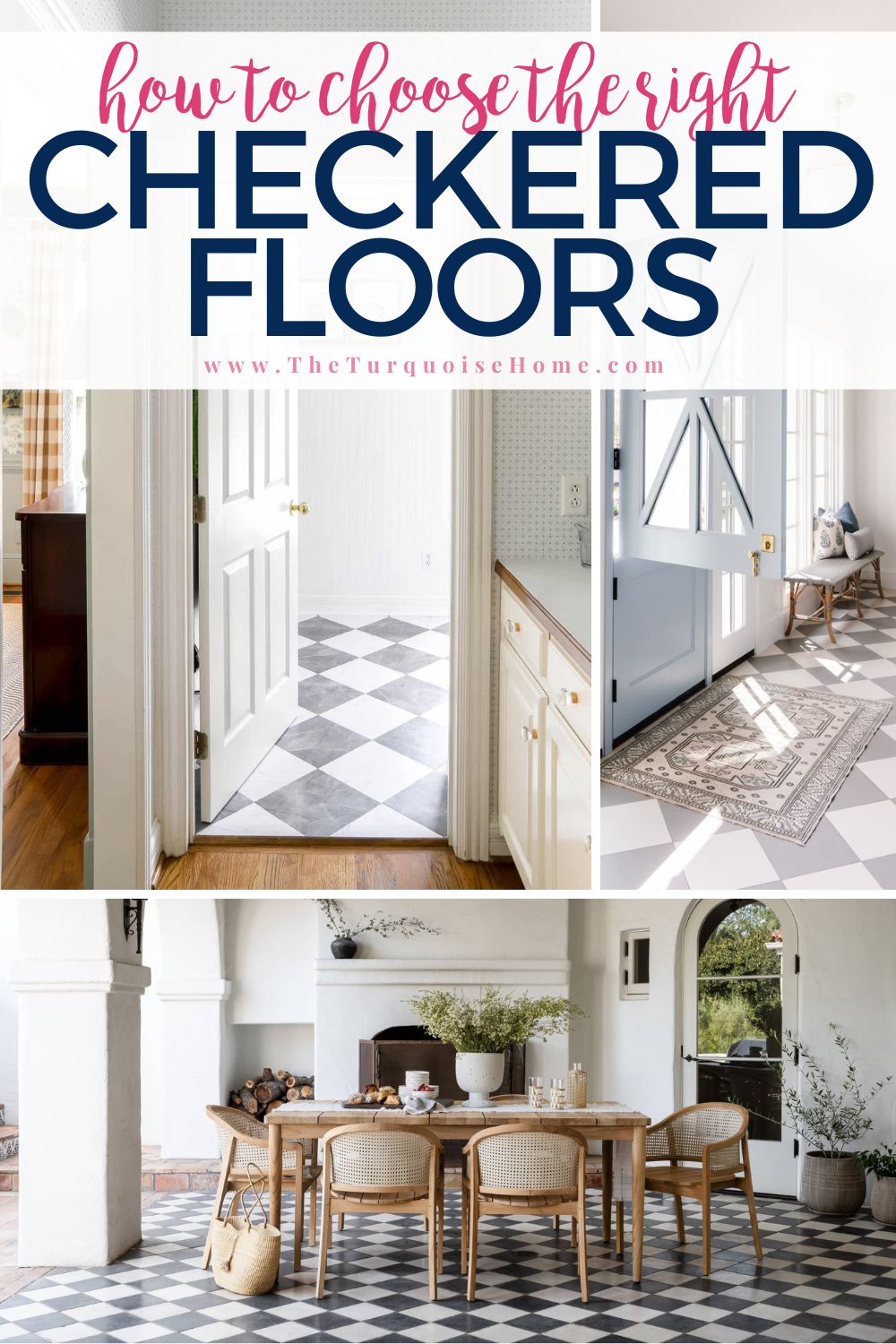
I’ll share a bit about the origins of checkerboard floors, why they’re always in style, the different materials, the best rooms for them, and a few modern twists to spark your creativity. My hope is once you have all of this info, you’ll be ready to select the perfect checkered floor for your home design plan.
This post contains affiliate links for your convenience. See my full disclosure policy.
A Brief History of Checkered Floors
The checkered floor pattern can be traced back to ancient civilizations, with examples found in Egyptian temples and Roman bathhouses. Checkerboard tile floors were popular in European churches during the Middle Ages into the Renaissance and much later, the Victorian era. In many of these applications, they symbolize the contrasts and duality people experience in life and spirituality.
As we moved into the 20th century, you’d see checkerboard floor tile underfoot at Roaring Twenties bashes. As linoleum made its way into mainstream design in the 1930s, the checkerboard look began appearing in more homes, particularly kitchens and bathrooms well into the 1940s and 1950s.
Since then, many people have associated them with the retro and sometimes kitschy looks of roadside diners. There’s nothing wrong with that, especially if you’re recreating a mid-century look! But that’s just one blink of time when they’ve popped up over many centuries.
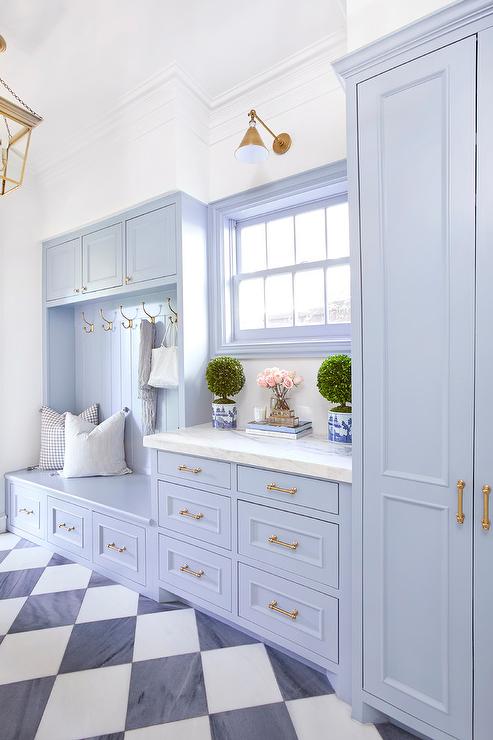
Today we’ve seen the checkered flooring trend grow in both modern and traditional homes. With the uptick in classic throwback styles like grandmillenialism, granny chic and coastal grandmother, it’s safe to say the timeless flooring option is increasingly popular in today’s design world.
Why Checkered Floors Have Stood the Test of Time
Checkered floors have endured for many reasons, from the elegance of the pattern to the resilience and durability of most materials typically used to create them like tile and linoleum. We will get to the endless options of flooring materials in just a moment.
First, I want to focus on how the neat geometry of contrasting colors creates a striking focal point in any space.
Harlequin vs. Checkerboard Flooring
Now is a good time to note the difference between the checkerboard flooring design and the harlequin floor design. You’ll hear them used interchangeably, this one will help you set up your installation correctly based on what you actually want! (And maybe win a point or two at a trivia night.)
It’s all about the layout. A traditional checkerboard flooring design is technically when the tiles are arranged on the floor in a straight pattern — similar to a chess or checkers game board. In other words, the square pieces of tile are laid parallel to the focal wall and the direction of the room. This evokes a retro diner vibe and works well with a modern or mid-century modern home.
A harlequin floor is different only in that the tiles are installed at a diagonal for a diamond look. This placement evokes a renaissance vibe for a more upscale look. But really the materials and tile size you use with dictate the final vibe your flooring evokes. But the harlequin pattern is definitely a more popular choice today.
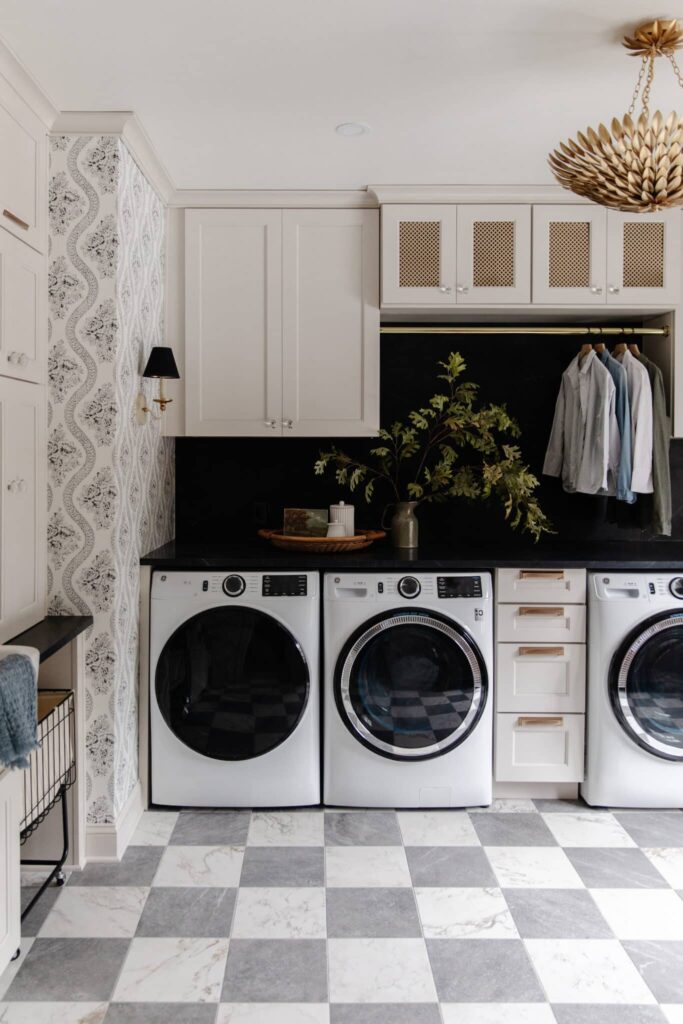
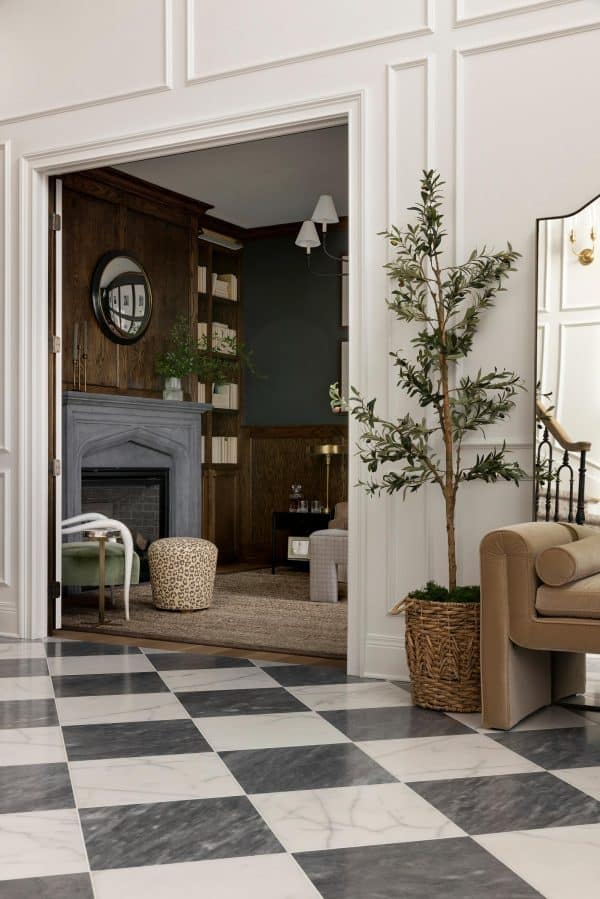
These two examples above also show you another big advantage of a checkered tile floor, which is how the basic pattern can be adapted to suit a variety of styles and spaces, from a modern colonial to a traditional apartment to a luxe family home.

Want to Save This?
Enter your email below and I’ll send it directly to your inbox!
Choosing the Right Material for Your Checkered Floors
You see checkerboard pattern floors in just about every type of material these days, and each has its own options and benefits.
These are some quick options off the top of my head, but I’ll deep dive into more below.
- Marble Tiles
- Ceramic Tiles
- Porcelain Tiles
- Painted Concrete (can be done outside, simply mark off the pattern!)
- Painted Wood
- Vinyl Tiles
- Granite (outdoor-friendly)
- Limestone
- Linoleum
- Wood floors using contrasting paint colors or stains
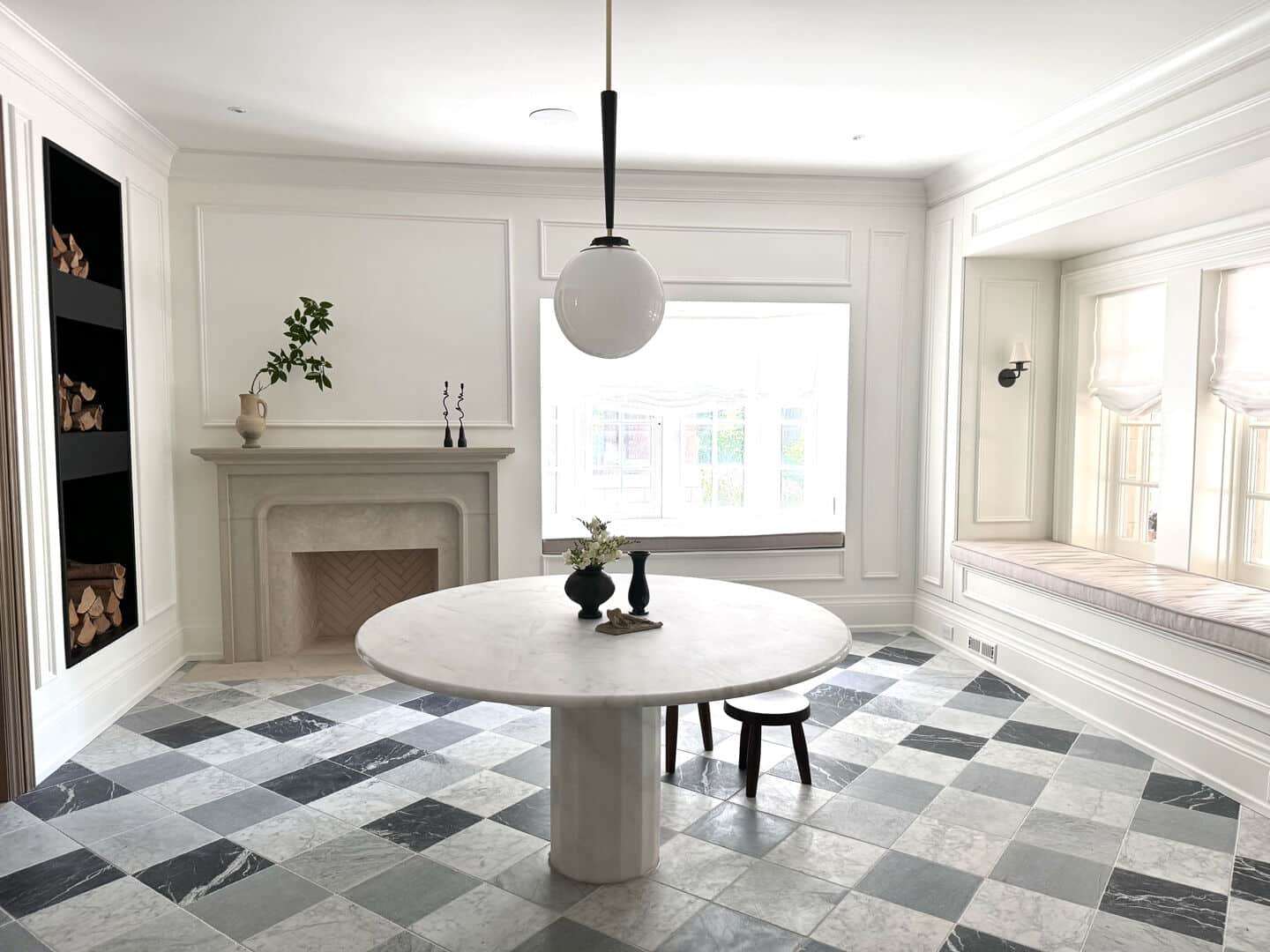
Marble: This example from BelTile shows a blend of a white Carrara marble tile with Spanish Nero Marquina and grey Bardiglio marble 12×12 tumbled tiles. With traditional, real marble floor tile like this, you have a choice of finishes: tumbled like these, for a natural, rustic look (including chips and other imperfections); honed, which is matte but smooth; brushed, for a slight sheen; and polished, which looks exactly as it sounds.
Other stone tile options: Because marble is the most expensive option, many people opt for lower-cost choices for real stone and natural materials, including travertine, granite, slate, sandstone, limestone, quartzite, porcelain, and ceramic tile. Just like with wood floors, there are many products on the market today that are engineered stone, developed to replicate the look of natural stone with more durability at a lower cost. These options would be perfect for mudrooms or other high traffic areas.
Vinyl: Usually the most budget-friendly and low-maintenance option for a marble tile look, vinyl is made of synthetic materials and therefore better than linoleum for high-traffic and high-moisture areas. That said, it usually won’t last as long as well-maintained linoleum.
Linoleum: Derived from natural materials, linoleum is environmentally friendly, resilient underfoot and highly durable. It is more susceptible to water damage, so people usually choose vinyl instead for high-moisture places like kitchens and bathrooms.
Wood: Wood gives a natural warmth and beauty, even in its texture if you simply paint an existing floor to achieve the checkerboard look. The other option is to choose wood tiles in contrasting colors to create the effect.
Choosing the Right Size Tiles for a Checkered Floor
Choosing the right size checkerboard pattern or tile for spaces in your home will make a huge impact on the aesthetic. Here are some helpful tips to ensure you achieve the look you’re after!
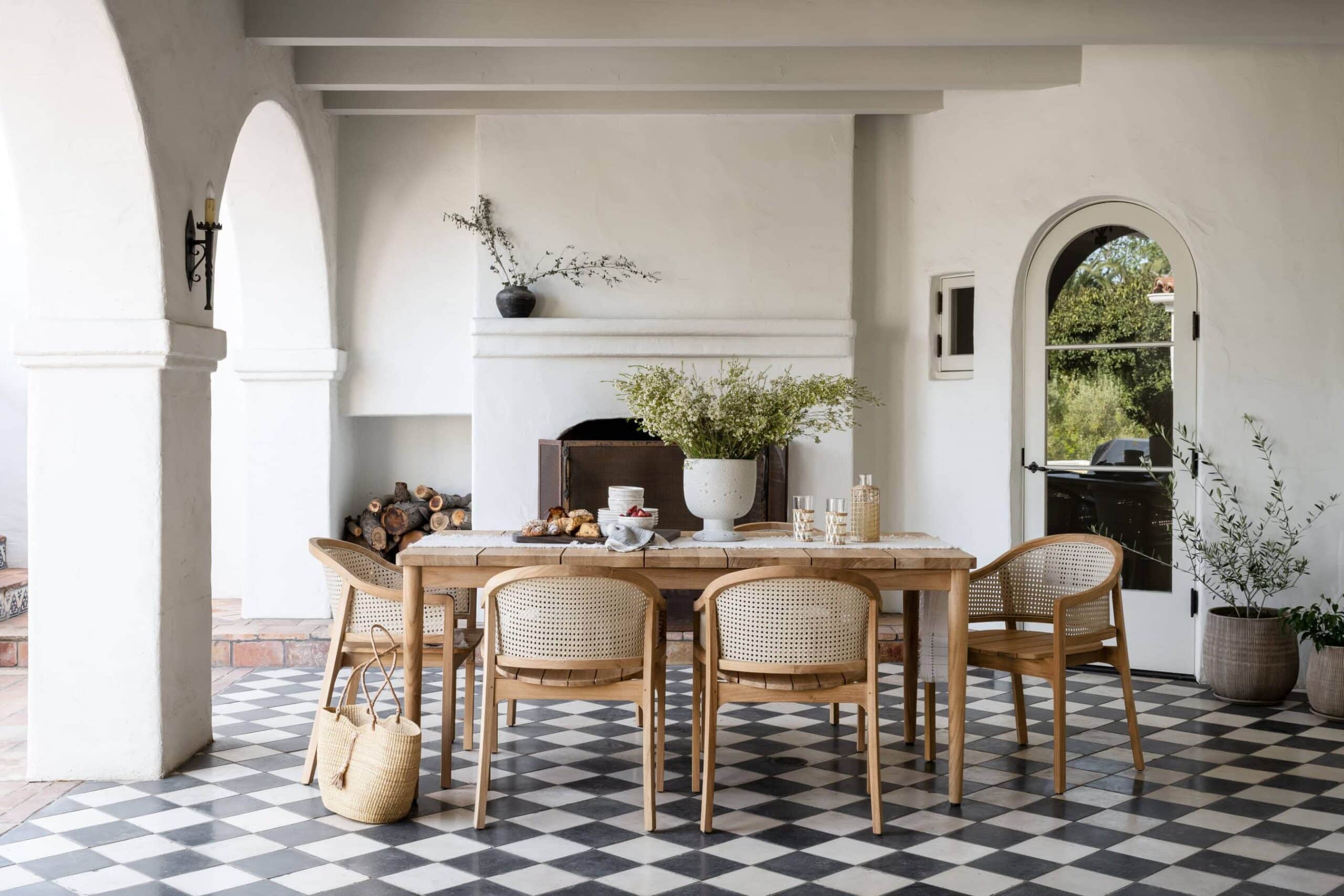
- Assess Room Dimensions: Consider the overall size and dimensions of your space before deciding on tile or pattern size. Larger tiles can make small spaces look much bigger. For instance, 12×12 inch or larger tiles will open up a small bathroom. On the other hand, smaller tiles work better in larger spaces, such as kitchens or living rooms, creating an intricate and detailed pattern that doesn’t overwhelm the room. You do not have to rule out smaller tiles in small spaces — just be mindful of keeping everything else minimal, unless you’re a maximalist.
- Consider Furniture and Fixtures: To the previous point, the size and style of furniture and fixtures in the room shouldn’t compete with the flooring. For example, if your furniture features large or bold patterns, smaller tiles can bring balance.
- Your Personal Style: It always comes down to this! In general, larger-scale checkerboard patterns can create a modern, dramatic statement, while smaller tiles typically lend a more classic, traditional feel. As for materials and colors, consider how the space should serve you and your family. For instance, if you want a serene and calming atmosphere, choose neutral tones and subtle patterns. Going for bold and energetic? Experiment with contrasting colors and larger tile sizes.
Checkered Floors in Different Rooms
While I always say you should go with a particular style wherever you envision it, there are some rooms where you typically see checker tile floors in homes. Here are a few of the most common for inspiration.
1. Entryway With Checkered Floors
An entryway or foyer with a bold checkered floor welcomes people with a bold statement. I like how the beautiful floors, lines on the door window panes and natural light offer a beautiful, clean and classic welcome.
2. Checkerboard Floor Kitchen
A porcelain marble-looking checkered floor in the kitchen is a great option because it’s easy to clean and can handle the foot traffic. This charcoal and white combination is a nice twist on the classic black and white.
3. Marble Checker Tile Bathroom
As noted earlier, many times people opt for smaller tiles to expand a bathroom or powder room space. In this example, the polished, gray and white real marble tiles are the traditional 12×12 size because the space is plenty large enough to accommodate them. The light gray (versus black) gives it an airy, open feel, as well.
You could easily recreate this look in a smaller bathroom with vinyl. Look for a combination of smaller white tiles and gray tiles with subtle veining.
4. Vinyl Checkered Tile in a Laundry Room
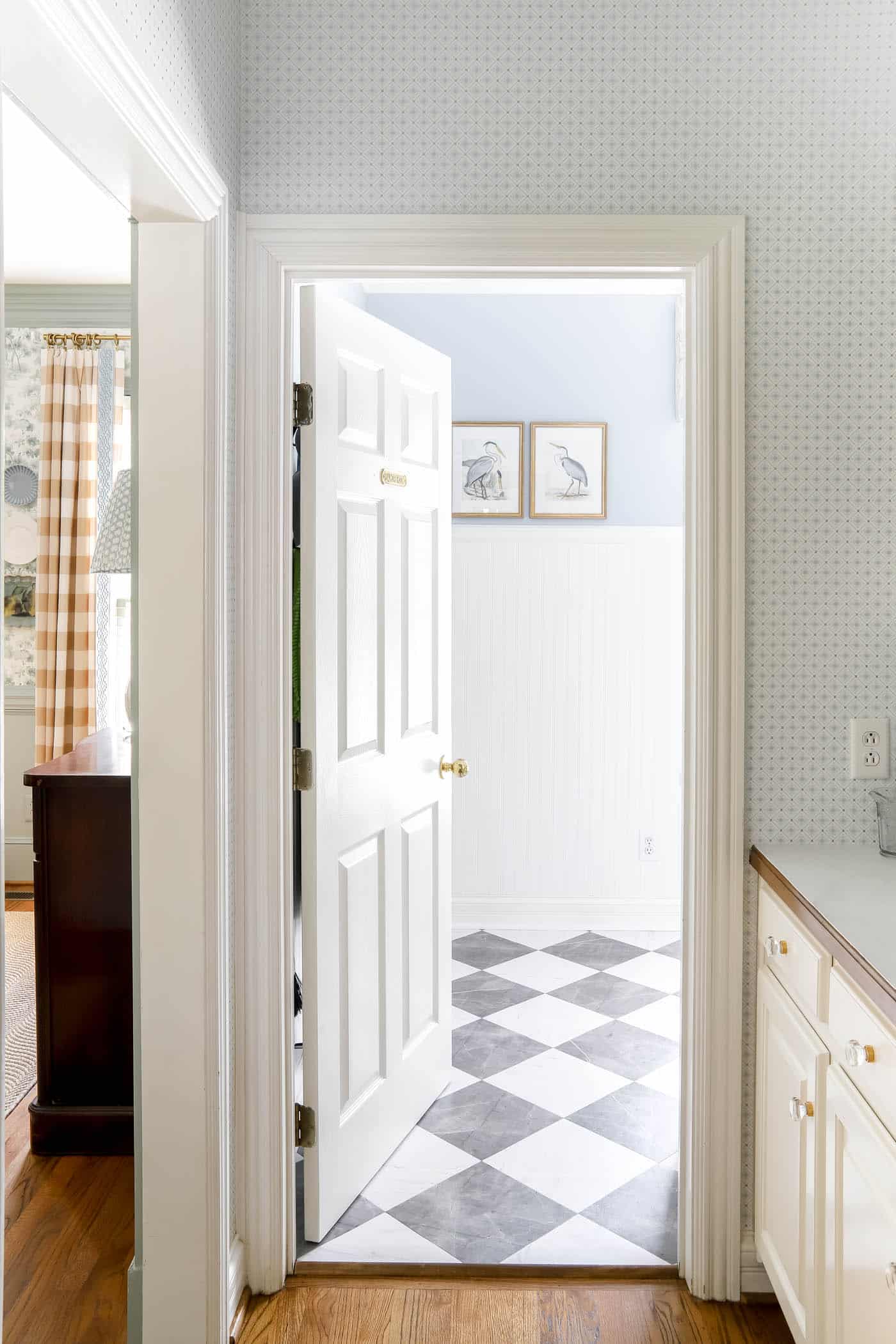
Here’s my own laundry room! For my floors in this laundry room makeover, I used vinyl peel-and-stick floor tile. It was practical, easy and I still love the result.
5. Painted Wood Checkerboard Floor in a Sun Room
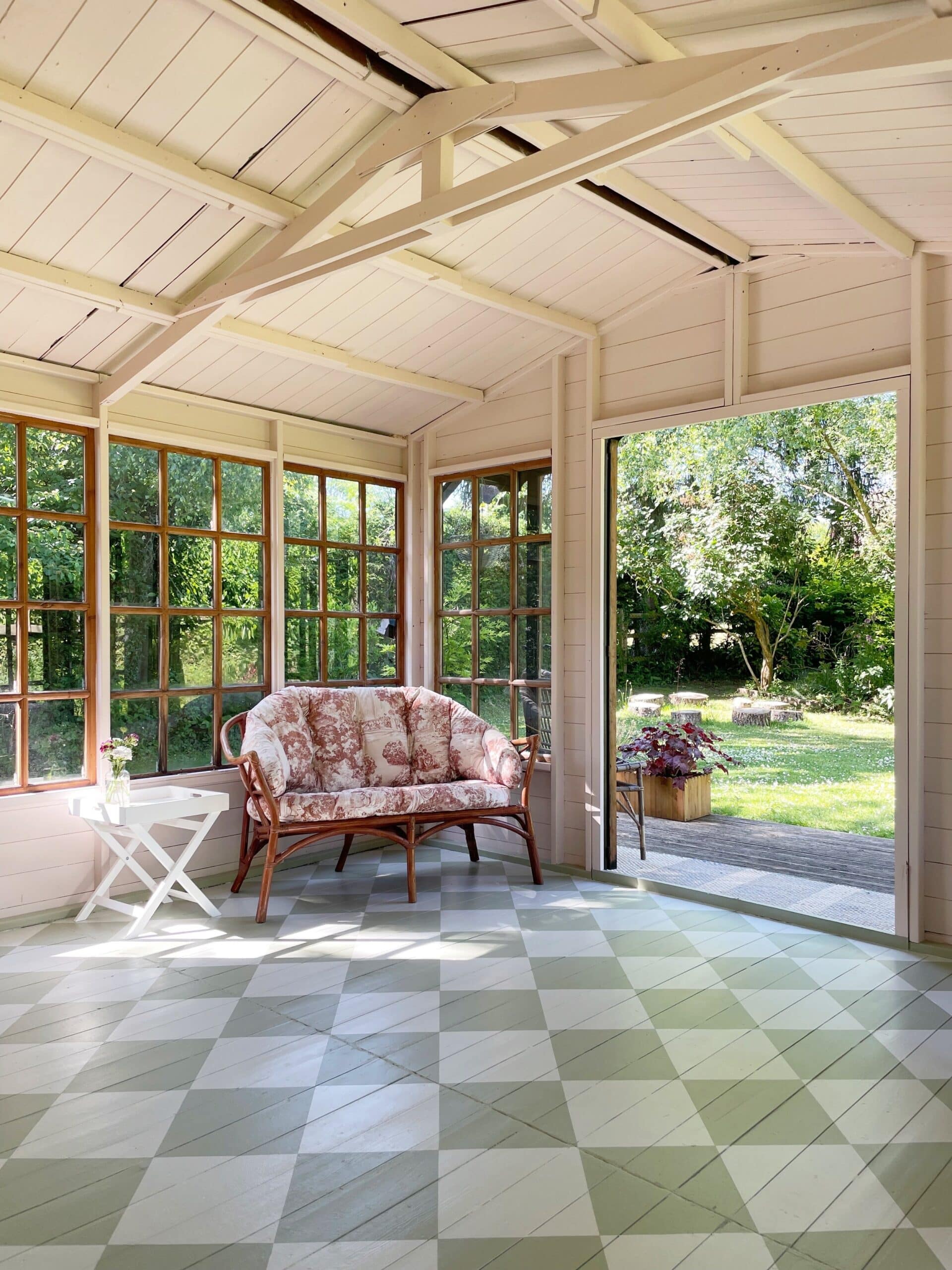
While I have seen this painted wood method in other rooms, I love how the natural look is so perfect for a sunroom that opens into the true natural spaces of the backyard. The choice of combining green and white makes the room flow outside so beautifully.
Modern Twists on the Classic Checkered Floor
Besides the more classic applications above, I found a couple of non-traditional looks to share with you, in case you are looking for ways to break out of the checkered box with your project.
First, this painted wood floor pairs a bright white with a rich brown, and you still see the warm woodgrain texture continuing through the pattern as it extends from the butler’s pantry breezeway into the kitchen.
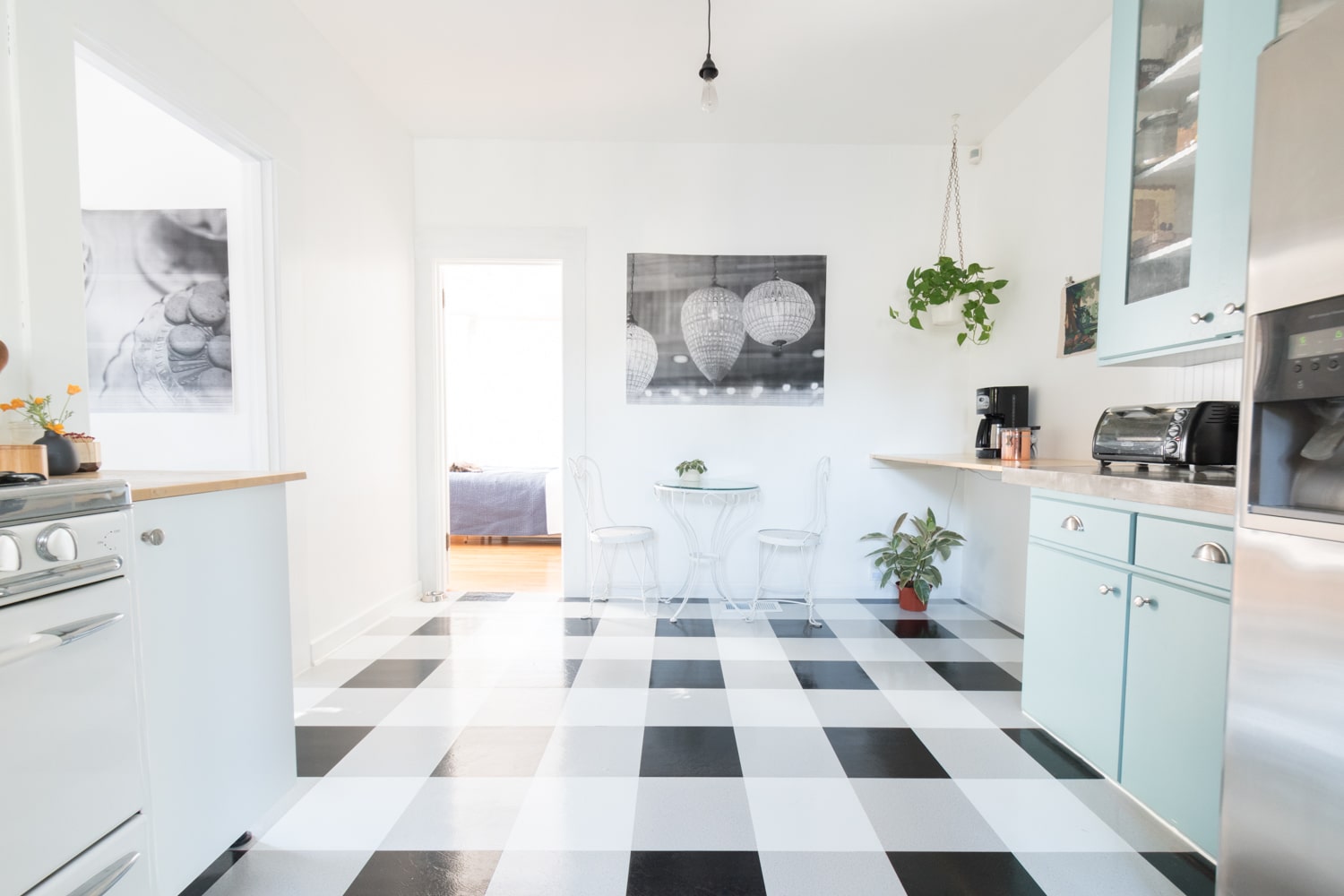
Next, I thought this plaid approach to the traditional checkerboard look was fun for this modern-style kitchen. I think a traditional checkerboard in this space would have been the safe route. And just like a plaid flannel, this pattern gives the space warmth you would not get otherwise.
These may be too bold, but you can still mix it up to make your checkerboard floor feel more customized. Combine different finishes for texture or try unexpected hues like navy and cream or olive and ivory, for example.
Final Thoughts
For a pattern that seems so simple, it’s hardly black-and-white when it comes to choosing the perfect checkered floor for your home. Once you find just the right look, material and placement, get ready for a delightfully dramatic transformation.
More Posts You Will Love:
